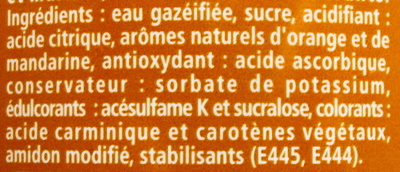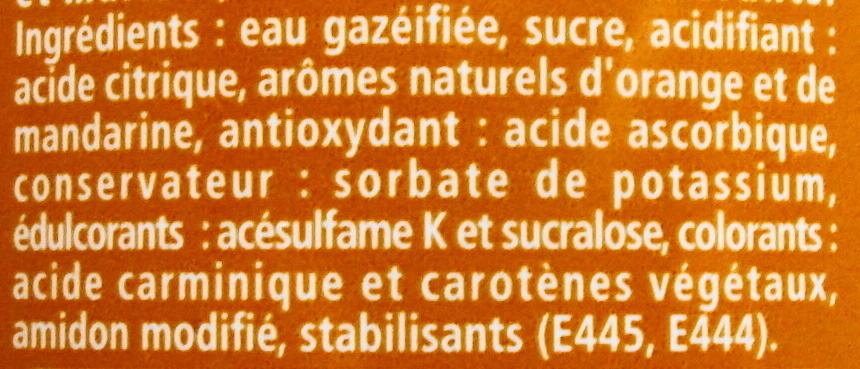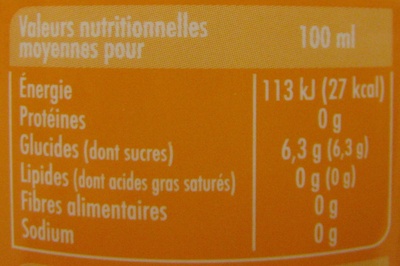Schweppes Mandarine - 1,5 L
This product page is not complete. You can help to complete it by editing it and adding more data from the photos we have, or by taking more photos using the app for Android or iPhone/iPad. Thank you!
×
Barcode: 3124480177551 (EAN / EAN-13)
Common name: Boisson gazeuse saveur 4 mandarines ( Royale, clémentine, clémenvilla & marisol)
Quantity: 1,5 L
Packaging: Plastic, Bottle, fr:Etiquette film plastique
Brands: Schweppes
Categories: Plant-based foods and beverages, Beverages, Plant-based beverages, Carbonated drinks, Fruit-based beverages, Sodas, Fruit sodas, Sweetened beverages
Labels, certifications, awards:
Green Dot
Countries where sold: France










